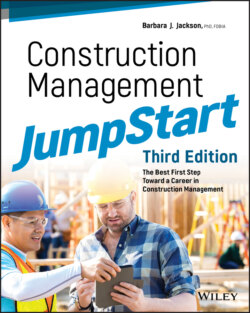Читать книгу Construction Management JumpStart - Barbara J. Jackson - Страница 23
The Roman Empire
ОглавлениеThe Roman Empire represents one of the most influential periods of time for architecture, engineering, and building science. During the Roman Empire, significant strides were made in construction techniques. An early form of concrete, a staple in every present-day building project, was invented by the Romans. This early version consisted of a pasty, hydrated lime and pozzolan ash mixture made from rock. In addition to utilizing concrete in the foundations of their structures, the Romans began adding domes and arches to their buildings, achieving engineering and construction feats that were astounding. During this time, some of the world's most impressive structures were built, including the Colosseum and the Pantheon. The first glass was also incorporated in the first century AD and decorated many Roman structures. Road construction was another highlight of the Roman Empire, and many of these ancient pathways are still carrying travelers today.
Around 40 BC, a Roman writer, engineer, and architect named Marcus Vitruvius Pollio wrote the first design and construction handbook. His writings included topics on building materials, construction processes, building styles, road and bridge design, water-heating techniques, acoustics, and other building physics. With Vitruvius’ writings, the concept of master builder or architect took on even greater distinction. The master builder was responsible for both the design and the supervision of the construction. Surprisingly, Vitruvius’ work was recognized as the authority on building and design for centuries.
